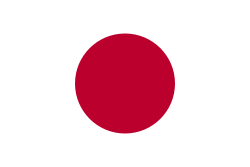Discovery of 12,000-Year-Old Underwater Pyramid in Japan Sparks Debate on Ancient Civilizations
 Japan
JapanIn a controversial legal ruling, former Japanese lawmaker Tamotsu Shiiki received a suspended three-year prison sentence for raping a 12-year-old girl in Tokyo's Kabukicho entertainment district in August 2024. Despite the established facts of the case, the sentence has ignited public outrage, as many feel it reflects a leniency within the Japanese legal system regarding sexual crimes against minors. According to the Tokyo District Court, Chief Judge Chikako Murata stated that while Shiiki committed a “despicable crime” by exploiting the vulnerability of the child, his expression of remorse and financial compensation were factors in the lenient sentence.
Critics, including legal expert David Johnson, highlighted the disparity in how rape cases are treated compared to other violent crimes. Public reactions on social media have expressed disappointment and anger, with some calling for immediate incarceration of Shiiki. Jake Adelstein, a journalist and author, noted that powerful individuals often escape harsher penalties by showcasing regret and making compensations, raising questions about justice for victims. As Japan currently faces a growing awareness surrounding sexual violence, the case may further provoke discussions about child prostitution and judicial reforms.
 Japan
Japan Japan
Japan Japan
Japan